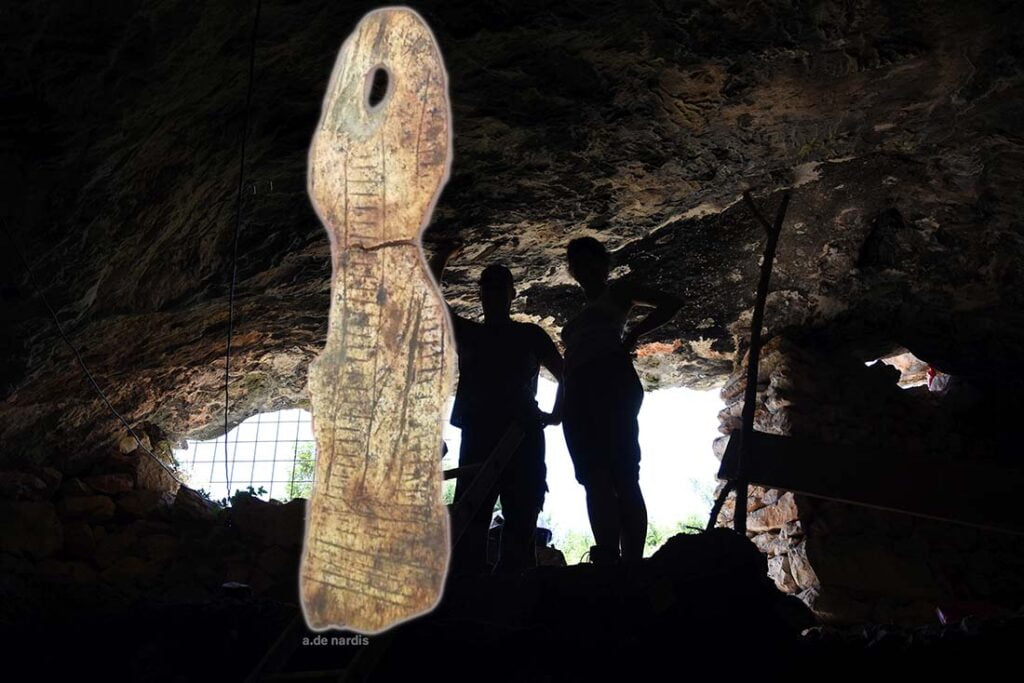di Alessandra de Nardis
Vlakno is a small cave located in the central area of the island of Dugi otok (Long Island) in Croatia; positioned between the settlements of Luka and Savarcon, in the narrowest part of the island at a height of approx. 50 meters above sea level, it looks like a small room of just 40mXNUMX of living space, an entrance facing the sunny south-east side and a source of water that was present in the past; the characteristics of this place probably made it suitable for year-round attendance by a small group of hunter-gatherers during the Upper Paleolithic and the Mesolithic.
The continuous activity clearly verifiable from the stratigraphy can be traced back to 19.500 years ago, which makes Vlakno a valuable place to study the Pleistocene to Holocene transition and the adaptations of the Eastern Adriatic Epigravettian communities to major climatic and environmental changes. The finds show the gradual transition to the Mesolithic culture with a strongly expressed Epigravettian tradition.
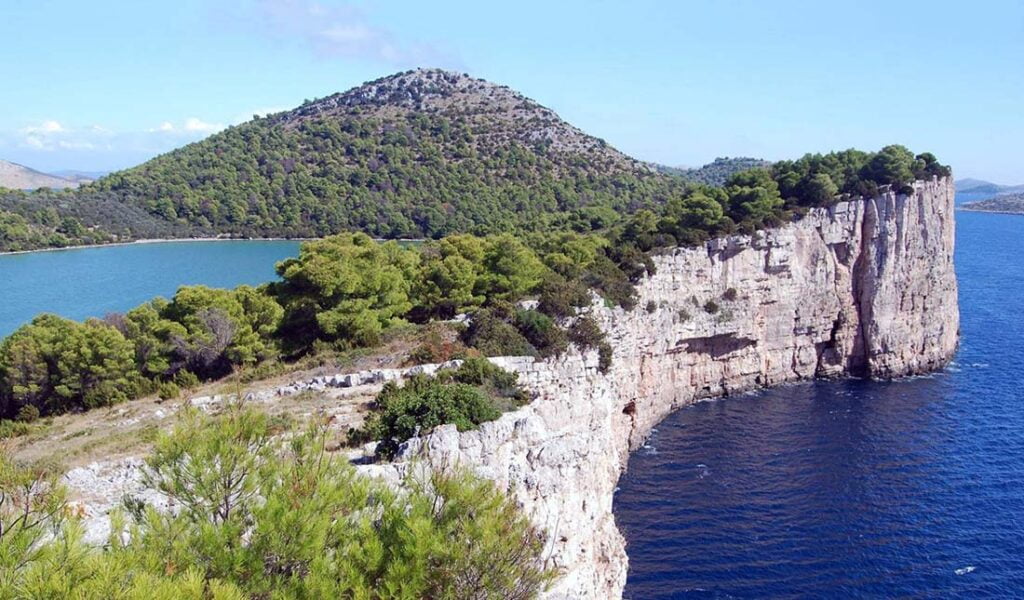
Researchers from the Department of Archeology of the University of Zadar, with the help of a large team in which archeology students and scholars from various European institutions alternated, conducted 15 excavation campaigns in the cave, reaching the oldest layers at a depth of 5 meters and it is here that they found the artifacts dating back to 19.500 years ago.
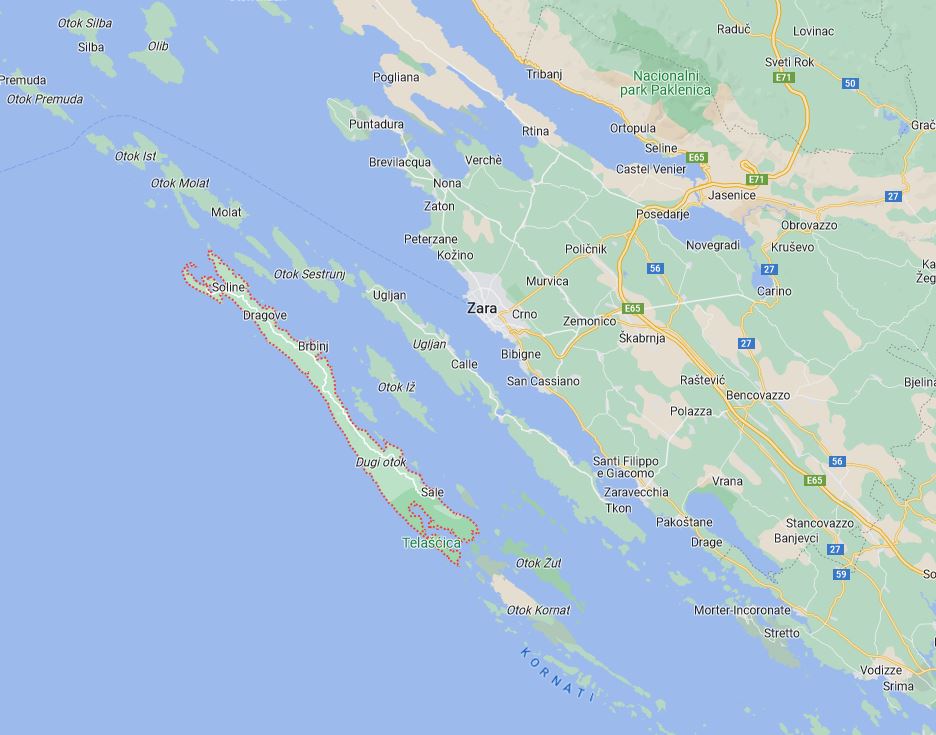

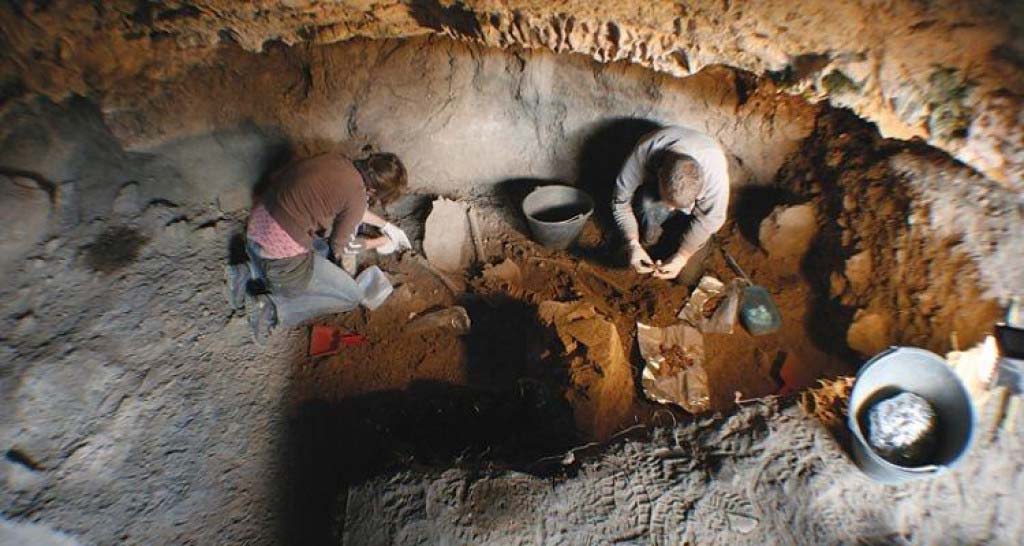
The island has been inhabited since ancient times, as evidenced by the archaeological discoveries of the Krševanje field, Veli Rat and precisely the Vlakno cave where in 2011 a skeleton belonging to an individual renamed by archaeologists was found Shime, who presented a robust build, a height of about 165 cm and an approximate age of 30 – 40 years. Shime it seems that he died non-violently; his bones have been dated to the early Mesolithic (11 years ago); on the island there are also the remains of Illyrian mansions (Omišenjak, Koženjak, Veli Brčastac), with or without the features of fortifications (Vrtlaci), numerous burial mounds (Gominjak, Čuh field) and a lowland cemetery (Dugo polje) .
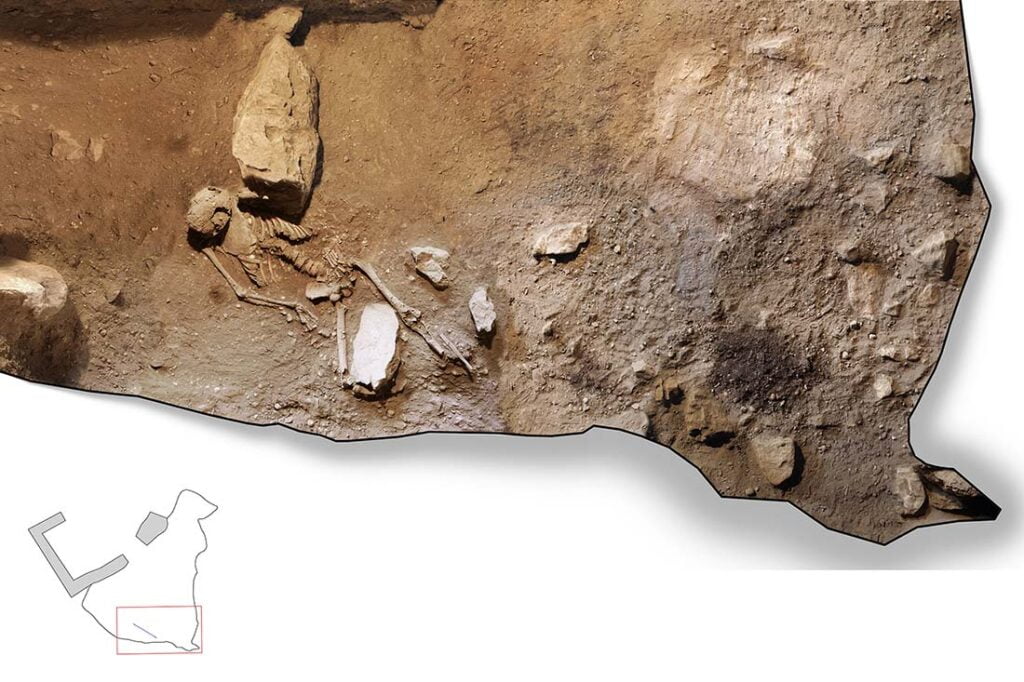
Engraved pebbles were also found in the cave which offered the opportunity to understand the symbolism of the prehistoric communities that inhabited the entire Adriatic area.
Currently the research has focused on the layers of the Upper Paleolithic, shortly before the great volcanic eruption of Campi Flegrei in the Gulf of Naples, which occurred 14.900 years ago, and which left its mark in this area in the form of a layer of volcanic ash in the cave it is ten centimeters thick.
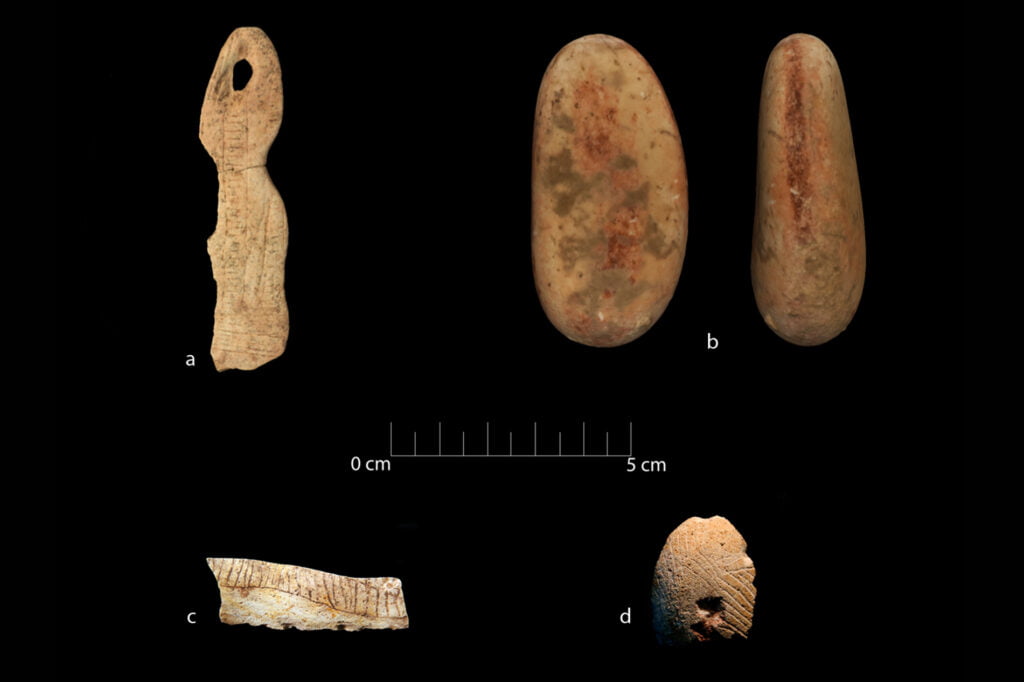
Some objects that emerged in the last excavation campaign: the female statuette called Lili, pebbles painted in red ocher, fragment of decorated bone and fragment of engraved pottery. (ph. Dario Vujević, Emanuela Cristiani)
This is the moment immediately following the peak of the last ice age, the coldest period in recent climate history, when the entire Adriatic area looked significantly different from today. Due to water retention in the glaciers of the northern hemisphere, sea levels dropped by more than 100 meters.

The Adriatic Sea was reduced to a semi-enclosed basin while the northern part of today's sea was a vast valley of the river Po. The cave was located high above the surrounding area, and the entire Dugi otok was shaped like a ridge 100 to 400 meters above the then valleys. Despite the cold conditions of the Ice Age, the vast landscape surrounded by the mountain ranges of the Alps and the Dinarides and soaked by the waters of the Po River was a protected area and a suitable area for plants and animals, as well as hunter-gatherer communities of the Paleolithic.
Numerous finds of bones of large animals, such as deer, wild horses and wild cattle, suggest that hunting was the main source of food and the hunting skills of the Paleolithic inhabitants of the cave, in addition to the remains of their catch, are also testified by numerous remains of hunting weapons and tools for processing the captured prey with the discovery of small and large flint arrowheads found among thousands of flint fragments.
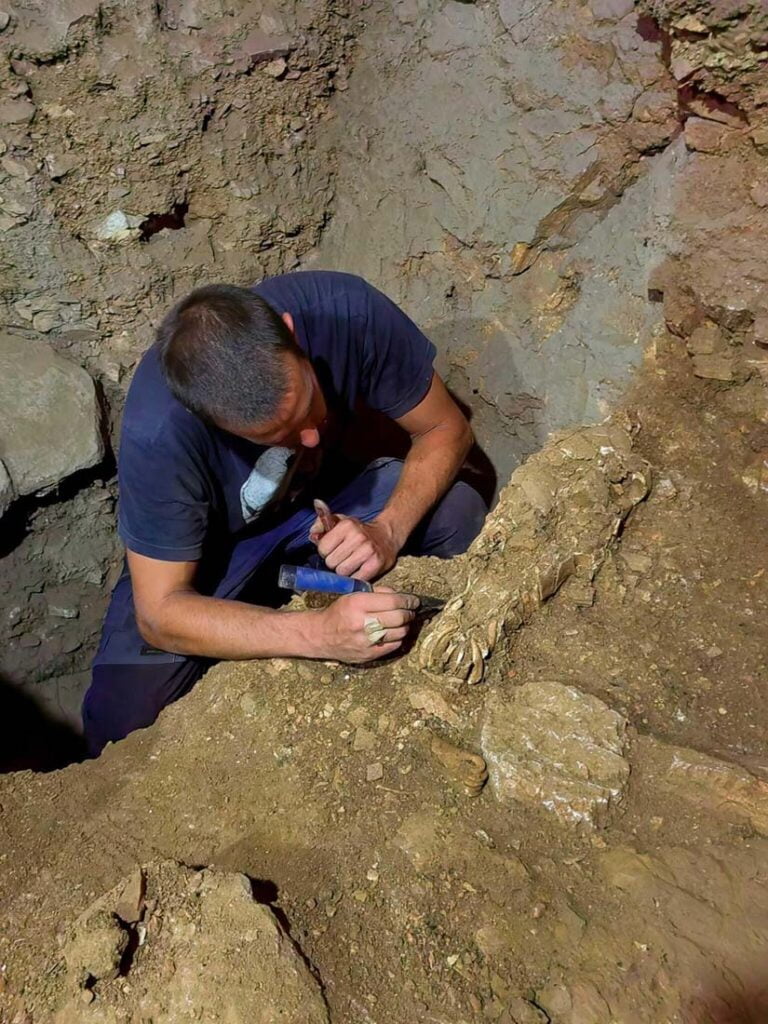
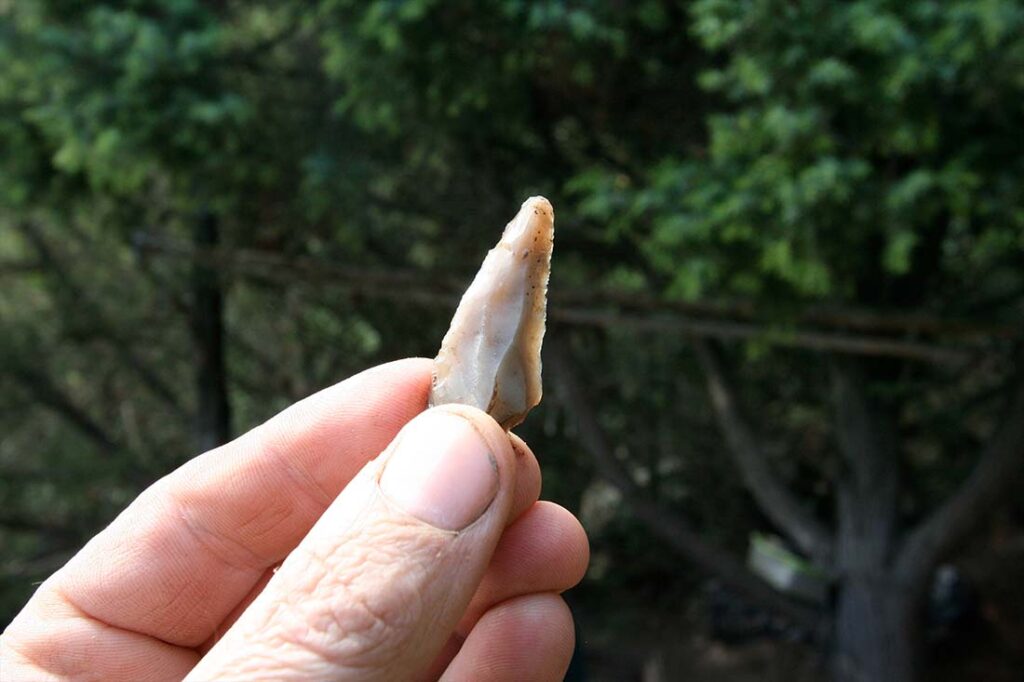
A special place in the hunting inventory of these communities is occupied by two bone harpoons, which represent an exceptional find. In southern and southeastern Europe, harpoons are extremely rare until the Mesolithic. In Croatia they were found at the site of Šandalja II near Pula (10.800 years ago), and harpoons from the more recent phases of the Badanj site near Stolac in BiH (12.500 to 10.500 years before present) come from the end of the Upper Paleolithic. In addition to the rarity of these finds, the age of the harpoons from the Vlakno cave dated at 15.000 years makes them the oldest examples of this type of tool in the wider Adriatic area.
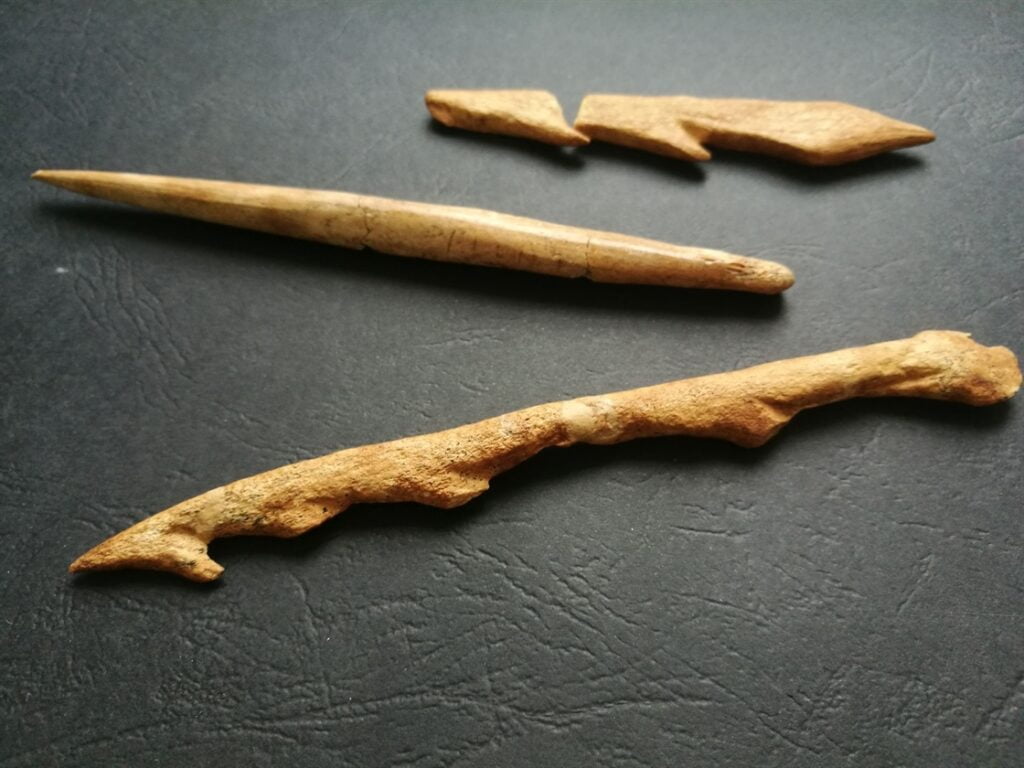
Also found were personal ornaments in Mesolithic strata made from pierced sea shells, and from deer teeth following the symbolic ornamental methods common to many hunter-gatherer populations.
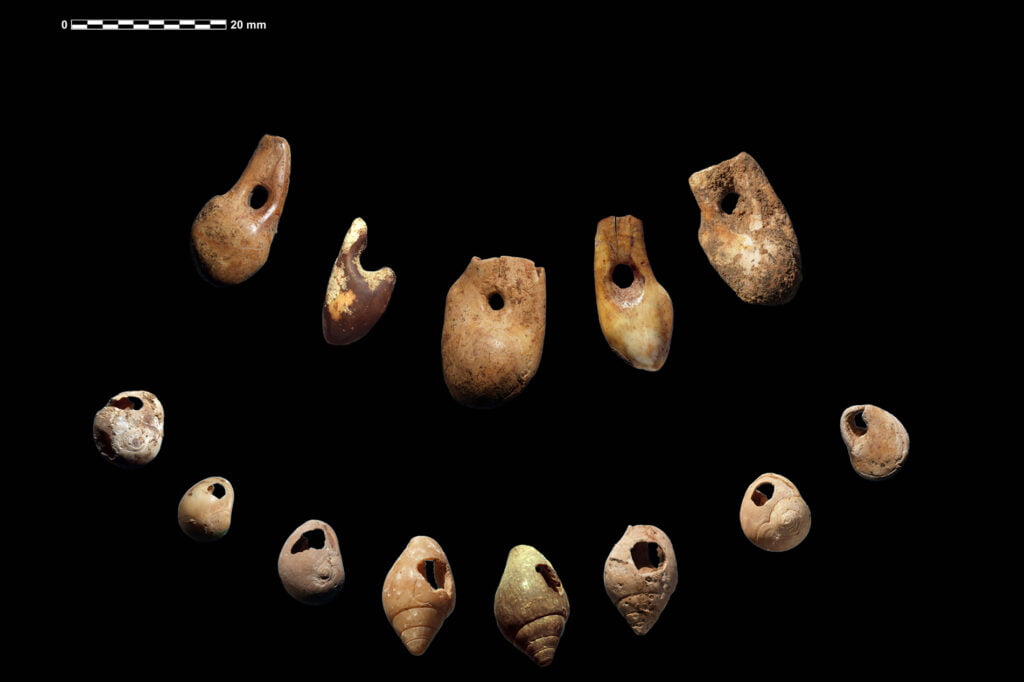
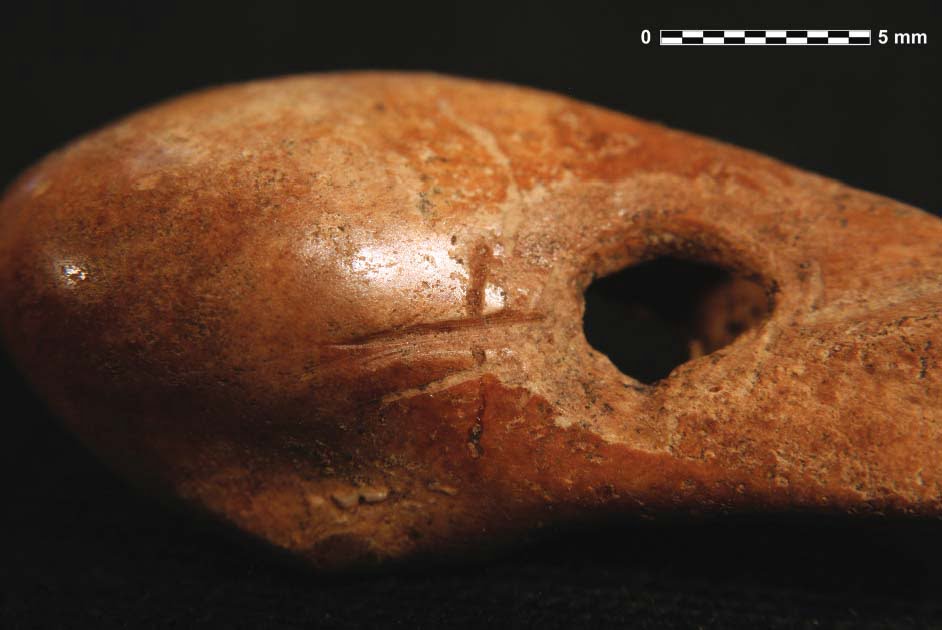
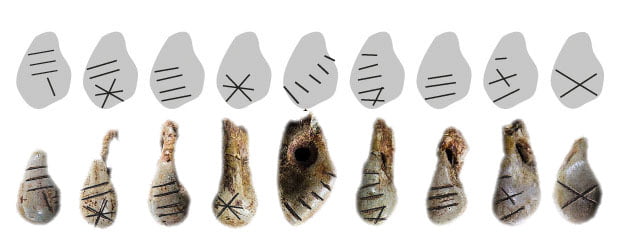
In the entire range of finds, the female statuette renamed by the discoverers has its fully symbolic meaning Lili, made of bone, on which dotted decorations stand out and probably perforated to be worn as a pendant.
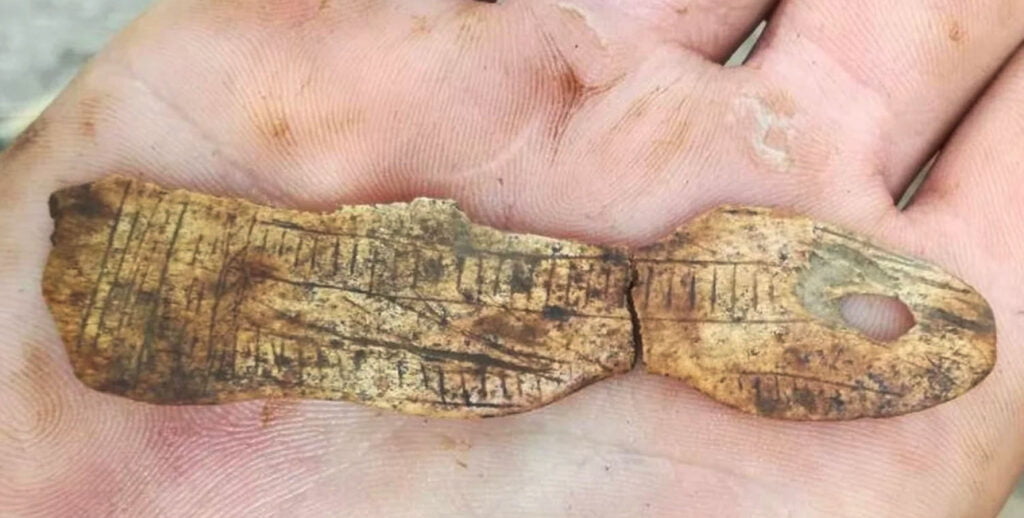
Source: Dario Vujevic, ZadarUniversity of Zadar, Department of Archaeology, Zadar, Croatia – https://vlakno.net/
Alessandra de Nardis, 24 May 2023

